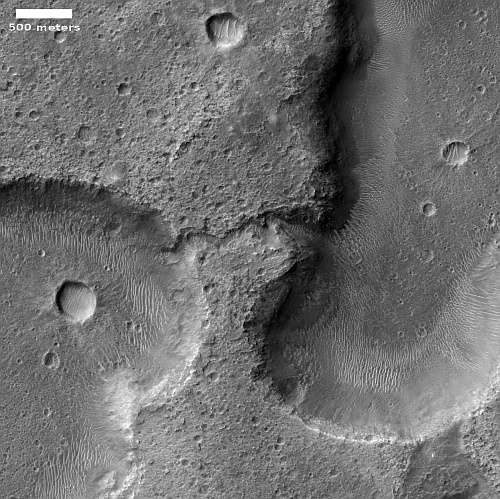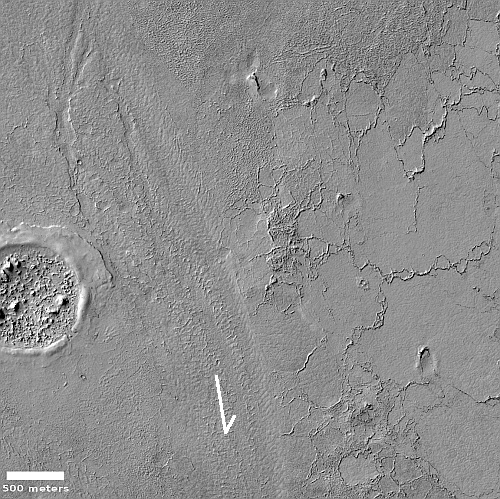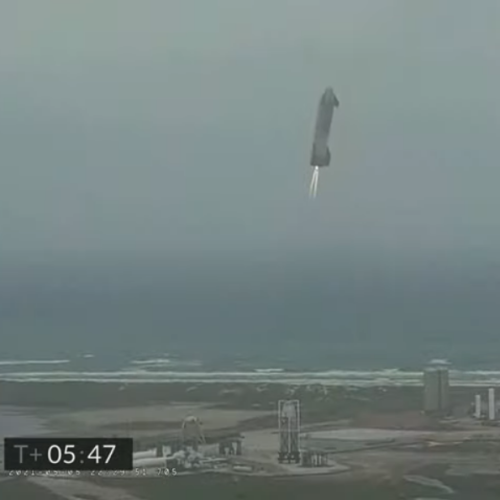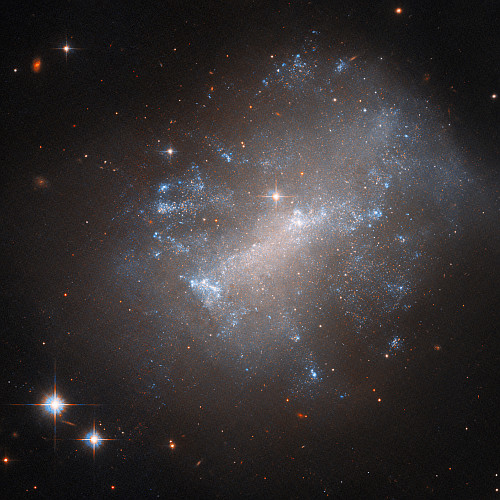Taiwan company issues letter of intent to build cubesat facility in California city
The city of Paso Robles in California has now received an official letter of intent from the Taiwan cubesat company Gran Systems, describing its desire to build spaceport there.
The CEO of Gran Systems recently toured the proposed Paso Robles Spaceport and tech corridor area and met with Paso Robles Airport Manager Mark Scandalis to discuss opportunities for establishing its California facility in Paso Robles.
Though the news article refers to this as a “spaceport,” I don’t think this has anything to do with launching rockets. Instead, this spaceport is part of Paso Robles’ effort to establish an industrial park at its airport, including space companies such as satellite builders, and Gran Systems has decided to rent space there, probably to widen its market in the U.S.
The city of Paso Robles in California has now received an official letter of intent from the Taiwan cubesat company Gran Systems, describing its desire to build spaceport there.
The CEO of Gran Systems recently toured the proposed Paso Robles Spaceport and tech corridor area and met with Paso Robles Airport Manager Mark Scandalis to discuss opportunities for establishing its California facility in Paso Robles.
Though the news article refers to this as a “spaceport,” I don’t think this has anything to do with launching rockets. Instead, this spaceport is part of Paso Robles’ effort to establish an industrial park at its airport, including space companies such as satellite builders, and Gran Systems has decided to rent space there, probably to widen its market in the U.S.








